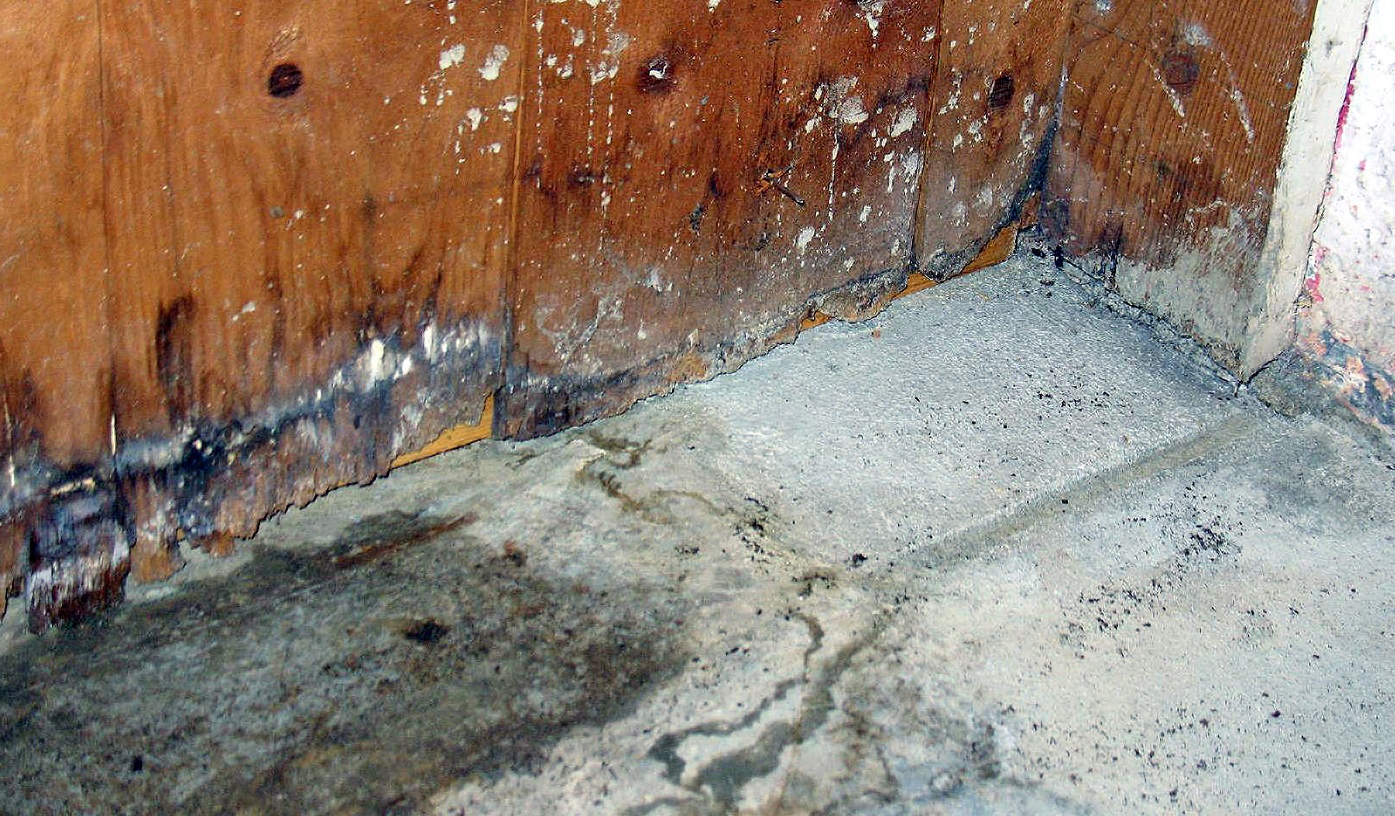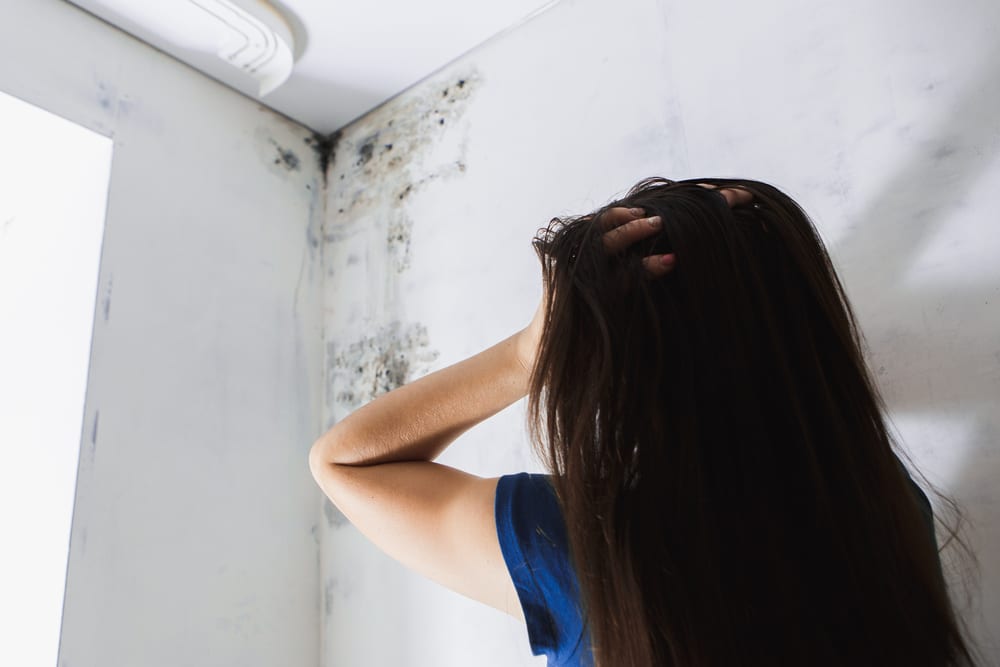After flooding or other water damage disasters, drying out the property is crucial. Water and humidity can lead to more damage, mold, and health risks. Everything needs to be dried properly: walls, ceilings, furniture, hardwood floors, but also concrete floors. However, proper concrete floor water damage repair presents unique challenges.
When inexperienced contractors dry the walls and contents, concrete floors are often assumed to be dried. People then proceed to restore their room and add new flooring. Not too soon after, they start to have problems with the new flooring and claim it is defective. The real problem is most likely that the concrete was not completely dried when they laid the new flooring down.
Many contractors are unaware of this and can create problems for their customers by failing to remove excess moisture from the concrete.
The water-based adhesive problem
An issue you can run into with concrete floor water damage is that water-based adhesives will not cure properly. As water-based adhesives have become more popular, this has become a bigger issue when dealing with restoration.
Since moisture evaporates from the concrete, the water-based adhesive absorbs it. When the adhesive absorbs more moisture, it cannot stick to the floor properly. Since the adhesive fails to become fixed, it will soften and move. A sign this has happened are bubbles or blisters in certain flooring materials.
After applying tile, the adhesive may ooze or leak out along the edges of the joints or seams. People may believe that the flooring material is defective, but the real problem is that the concrete has not been dried properly. Thus, water-based adhesives are extremely effective only when used under the right conditions.
How professionals dry water-damaged concrete floors
Successfully drying concrete after water damage requires the services of a professional restoration company. Only when professionals properly dry the concrete can you install new floor coverings.
Here are key tools and techniques that professionals use:
- Containment chambers help with the evaporation of the moisture in the concrete. These are either boxes or bubbles of plastic taped to the floor. By trapping the moisture released from the concrete in a small space, you can reach the right amount of humidity quicker.
- Thermo-hygrometers and non-evasive meters are used to help determine if the concrete is reaching the right humidity. Because concrete is water-loving, this right humidity can often be in the upper 60s. Any reading below 72% is enough to install carpet or tile flooring. Wood floors should have readings below 70%. If your floor still needs more drying, that is not a problem for a professional water damage restoration company.
- Low grain refrigerant (LGR) dehumidifiers — these devices lower air temperature in the moisture-filled space, which helps the dehumidifier remove more moisture from the air that passes through it.
- Additional drying can be achieved through air movement. Removing the boundary layer from the surface of the concrete also facilitates drying.
Note that each of the respective trades associated with installing floor coverings has established installation standards. All those standards require the installer to determine that the subfloor (regardless of type) is in a satisfactory condition to allow proper installation of any floor covering.
For concrete floor water damage repair, contact PuroClean!
If you have experienced concrete floor water damage in your home, it is important to contact restoration professionals, such as PuroClean. We have the right tools to dry your home’s concrete floors correctly.
We will help minimize the loss to prevent further damage. We’ll then provide restoration services to return the property to a pre-loss condition as quickly as possible. All PuroClean offices have well-trained professional technicians. They provide the latest state-of-the-science services to all property damaged from water, fire, smoke, mold, and other disasters.
Learn how to protect your property from water damage and check out this guide on what to do after suffering water and storm damage.




 PuroClean of Broken Arrow
PuroClean of Broken Arrow